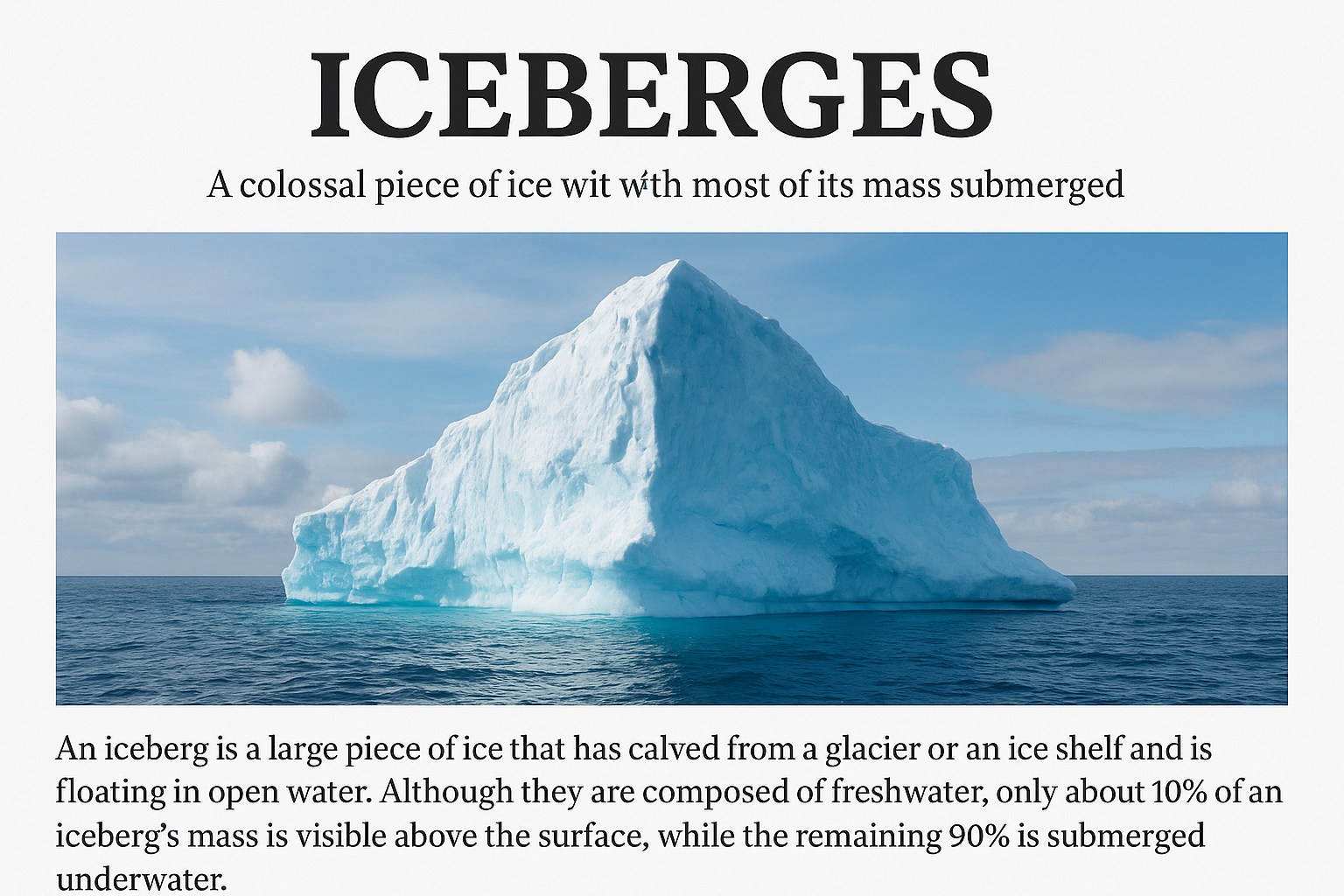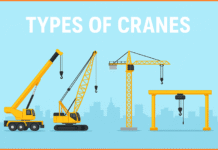Contents
Different types of docks:
Dock is the water besides pies on which a ship floats.
Wet dock: The wet dock is a basin with gates to keep in or shut out water and maintain the same water level while unloading loading the ships. Such docks are used in harbors where the tide rises and falls gently
Dry dock: it is a dock 111 which a vessel can remain out of water, while repairs are being carried out below its water line. Two main kinds of dry docks are graving dock and floating dock.
Graving docks are used to repair large ships in shipyards. Graving docks are like huge concrete bath sunk into the ground. One end of the dock opens onto a harbour, river or the waterway. When a ship enters the dock, shipyard workers place a huge floating or sliding gate against the open end. Pumps suck the water out and the vessel slowly sinks. Its keel or bottom rests on wooden blocks placed on the floor of the dock Spars or long pieces of wood wedged between the ship and the sides of dock also help support the vessel.
When repairs are completed workers flood the dock until the water reaches the same level as the water outside the gate. It is opened and the ship leaves.
Floating dry dock is either self propelled or towed away. It looks like a shoebox with the top ends removed. Some are built in U shaped sections that can be assembled to make one large dock. The hull or bottom and Wing walls are sides of a floating dock contain compartments. Water enters these compartments, making the dock sink low. Pump then suck the water out and the dock rise lifting the ship out of the water Wooden blocks and spars similar to those used on graving dock help support the Vessel. When repairs are completed the compartments are flooded again until the dock sinks enough to allow the ship to float.
Types of Ships:
Cargo ships or freights can be divided into four groups, according to type of cargo they carry.
- General cargo ship.
- Tankers.
- Dry bulk carriers.
- Multipurpose ships.
General cargo ships carry packaged items goods put in packages and goods that form the package in themselves. These items include chemicals, foods furniture, machinery, motor vehicles, shoes steel, textiles etc. These ships have electrically driven powerful cranes and derricks.
Tankers carry petroleum or other liquid cargo.
Dry bulk carriers carry coal, grain. iron etc. Which can be loaded in bulk (loose) on the vessel l.
Multipurpose ships carry different classed of cargo at the same time. General cargo ships are steadily being phased out as loading / unloading a mixture of items of varying shapes, sizes require more time and labour, hence expensive.
Specialized versions of cargo ships have been developed. They include container ships. Roll on/roll off ships and lash ships.
Container ships eliminate the individual hatches holds and derricks of traditional general cargo ship. The hull of a container ship is simply an enormous warehouse divided into cells by vertical guide rails. The cells are designed to hold cargo in pre packaged units, called containers. Most containers consist of a standard sized aluminium box that measures 2.5M2 .5M * 6M or 2.5 M * 2.5 M 12M. The advantage of containers Is that the ship i, can be loaded/unloaded fast.
Container ships need Special port facilities. The facilities include giant cranes and other lifting equipment, because container ships have few or no derricks. In ports ships chiefly need large open areas where thousands of containers can be left while awaiting loading. The most advanced ports use computers to assign loading and pickup areas.
Loading and unloading of ships:
Loading/unloading of ships involve handling of cargo, which may be general cargo, , containerized cargo or bulk cargo.
Bulk cargos are generally handled by machinery such a belt conveyor (for ores), suction devices (for food grains) pumps. (for liquids). safety of people handling cargo involves planning to prevent injury from high and unstable stacks of cargo near the working area. It is necessary to clear the debris produced by loading and unloading of cargo operation While unloading, large amount of paper, wood and other material
Accumulates around the hold area While loading and unloading, several people will be working in different groups and under different group leaders. This can cause confusion, if, a workman is not attentive he activity of loading and unloading Is a group activity requiring complete coordinate with each other
On the pier by the ships side, the cargo is arranged and prepared for loading on to the ship with cranes on the pier or derricks on the it ship. The cargo lifted by ship’s derrick, are lowered into the cargo holds of the ship.
Ships holds are confined space People entering the ship’s holds must be protected in cases where noxious or explosive atmosphere may have been created by earlier cargo. If the atmosphere of the hold is noxious, the people must enter it with self-breathing apparatus.
While handling cargo the stevedores (group leaders) may have to work at heights or work at unguarded openings. In such cases, they must wear safety belts (in addition to helmets) and anchor it.
On the shore cargo is handled by cranes, forklift, trucks, mobile cranes, tractor-trailers or trains Proper coordination between different lifting and shifting equipment is necessary.
The accessories used in cargo handling include wooden pallets, manila rope, wire ropes, slings, nets etc. These accessories are liable to be damaged during their use, hence they should be examined before starting any new work. They should also be periodically examined, tested and certified by a competent person.
Gravity conveyors up to 2 ft Wide and 10 to 12 ft long are used for loads up to 50 kg. Commodities handled are packages of coffee, cotton, barrels and drums.
Heavy containers are provided with lifting provision, which engages “box hoax” of slings, which are “L” shape to engage the hoisting eye on container.
Repairs of ships:
The repairs to a ship are generally carried out in the docks. The repairs are needed to external surface of ship, which is generally under water. This Involves hot work such as welding and gas cutting of sheet metal. The e jobs are carried out at a height and require all precautions to be taken while working at height, such as suitable working platform, proper access, use of safety harness with life anchored to a fixed point. Besides this all other care related to hot Work is also required.
Work in the interior parts of the ship is similar to work in confined space. Hence all precautions needed for work in confined space are to be ensured. Very often toxic or explosive atmosphere may be present in the confined spaces of the ship like ships hold. Before any hot work is planned in side the ship, it must be ensured that explosive atmosphere is not present. After ensuring this people entering the confined space must be equipped with self-breathing apparatus, Many times people are overcome by noxious atmosphere in ships confined pace.
All safety precautions required for material handling (manual and mechanical), working at height, hot working and working in confined space are applicable in docks.






Myself Mohammad sarwar currently working on in pratibha industries limited but now a days iam searching job in HSE department please provide opportunity in the same or other department. I have 6.6 year experience in production,mechanical, electrical, construction relevant field.